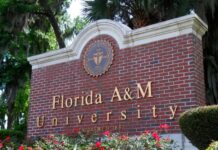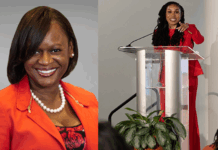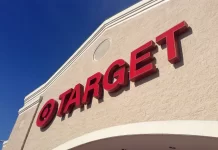Oakland Ballpark Project Part 3
By Tanya Dennis
Oakland A’s President David Kaval was surprised to learn that concerns expressed by the original designers of the Howard Terminal had all but been ignored by city and business leaders who are pressing to build a new stadium and housing at the site and has vowed to investigate.
Amid the flurry of lawsuits, protests and community concerns regarding the City of Oakland and Oakland A’s stadium project at the Port of Oakland, the most worrisome issue was posed by Frederick Jordan, CEO of FEJA, the engineers that designed the Howard Terminal.
According to Jordan, the Environmental Impact Report reveals what he described as a lack of information regarding safety with the quay wall that supports Howard Terminal, where the largest cranes in North America operate. The terminal also provides a turning basin for ships as large as high-rise buildings.
Kaval wonders why there has been no response to Jordan’s concerns, despite the fact that Jordan reaching out to the City, the A’s and the Port last year.
“It is problematic to me that Jordan was never contacted, and I don’t have an answer why he wasn’t, but I’ll investigate,” Kaval said. “The U.S. Army Corp of Engineers are making an assessment, and one of the key concessions on the table is 10 acres of land to be set aside to accommodate these large container ships.”
When informed of Kaval’s response, Jordan expressed relief. “I feel assured knowing the U.S. Army Corp of Engineers is making an assessment, as they cannot be bought nor influenced.”
Kaval also indicated that the SSA terminals and the Old America Seaport at the Oakland Army Base can be utilized for the larger containers. Also, 30 acres of the outer Port area will be dedicated for the same purpose so that the community concerns on the project negatively impacting Chinatown, Fruitvale and the Lower Bottoms are addressed.
“Trucks are currently going through the neighborhood to get to Howard Terminal,” Kaval said. “Enforcement of established truck staging areas that are not in people’s neighborhoods must occur, and the ballpark project is going to force the Port and the City to build those areas out, which probably won’t happen if this project doesn’t go forward.
“We’ve worked closely with the City for four years to address the concerns of the public because the last thing we want is to repeat the mistakes of past sports entities in Oakland when they left the City,” Kaval said.
Another important concern for Kaval is race and equity-based jobs and opportunities. “We’ve worked with the city to establish critical criteria to address internal staffing at the A’s to assure diversity, small business support and minority hiring. Our baseline report addressed the glaring need of countering gentrification and displacement, with $50 million going towards displacement, money to help local homeowners renovate their homes, including 35% of housing construction for low-income citizens. Our mix of grants and loans will help keep people in their homes and retain the cultural relevance of the neighborhood.”
Kaval indicated that despite opponents’ concerns of gentrification, he believes it will happen naturally if not for the money this project will generate to retain the existing culture. “Good-paying jobs will help people maintain and stay in their homes.”
Kaval said he understands that the A’s parallel process of courting two cities simultaneously appears disingenuous to the public. “We’ve been in Oakland for 55 years and we want to stay here but we must be realistic. We’re spending $2 million a month to keep this project going and we’re running out of time, and still have not got approval. The League is putting pressure on us, our lease is through in 2024, and these projects take time. We hope something comes to fruition and we have a resolution this summer.”
The post CEO of Oakland A’s Addresses Community Concerns first appeared on Post News Group. This article originally appeared in Post News Group.
The post CEO of Oakland A’s Addresses Community Concerns first appeared on BlackPressUSA.


















